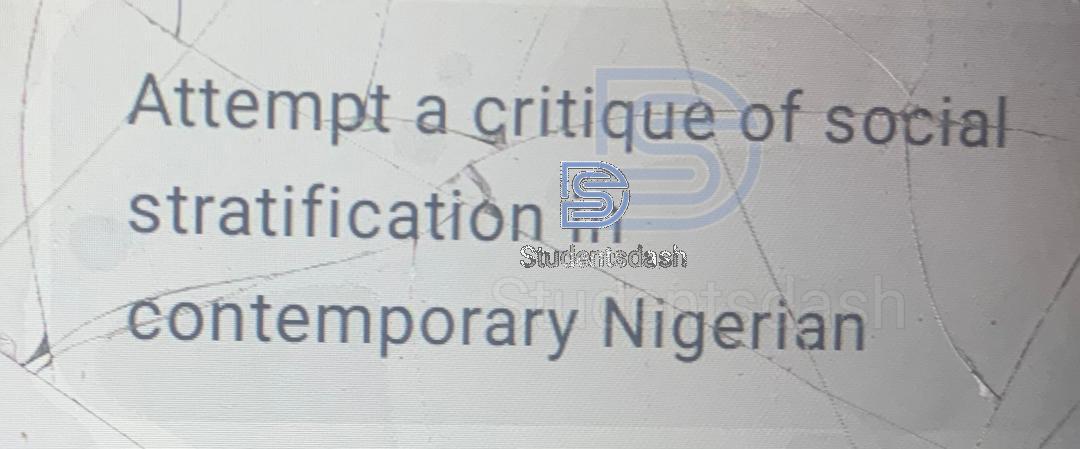Soc 103
Department
Social work
Assignment Questions
Compare and contrast the unscientific and scientific method/sources of information/knowledge
Comparison and Contrast of Unscientific and Scientific Methods/Sources of Information/Knowledge
Knowledge acquisition is fundamental to human understanding and development. However, knowledge can be obtained through different methods, primarily categorized into unscientific and scientific sources. These methods differ in their approach to obtaining, verifying, and validating information.
Unscientific Methods/Sources of Knowledge
Unscientific methods rely on personal beliefs, traditions, emotions, and authority rather than systematic investigation and empirical evidence. Some of the major unscientific sources of knowledge include:
- Authority – Knowledge gained from people in power or respected figures, such as religious leaders, parents, or teachers. This knowledge may not always be tested or verified.
- Tradition and Customs – Ideas passed down from generation to generation, often accepted as truth without questioning or empirical proof.
- Personal Experience – Knowledge based on individual experiences and perceptions, which can be subjective and biased.
- Intuition and Common Sense – Information that is accepted because it “feels” right or appears logical but lacks systematic verification.
- Superstition and Myths – Knowledge derived from cultural or supernatural beliefs, often lacking empirical support.
Characteristics of Unscientific Knowledge:
- Based on subjective opinions and personal experiences
- Lacks systematic observation and verification
- Prone to biases and errors
- Relies on authority, traditions, and intuition
- Difficult to test or replicate
Scientific Methods/Sources of Knowledge
The scientific method is a systematic approach to acquiring knowledge through observation, experimentation, and reasoning. Scientific sources of knowledge aim to ensure accuracy, objectivity, and reliability. Key components of the scientific method include:
- Observation – Careful examination of phenomena using the senses or scientific instruments.
- Formulation of Hypothesis – Developing a testable statement or explanation based on observations.
- Experimentation – Conducting controlled tests to verify hypotheses.
- Data Collection and Analysis – Gathering quantitative and qualitative data and interpreting findings using logical reasoning.
- Conclusion and Theory Development – Drawing conclusions based on evidence, which may lead to the formation of scientific theories or laws.
Characteristics of Scientific Knowledge:
- Based on empirical evidence and systematic observation
- Uses logical reasoning and critical thinking
- Can be tested, replicated, and verified
- Minimizes bias through objective measurement
- Open to revision and modification as new evidence emerges
Comparison Between Unscientific and Scientific Methods of Knowledge Acquisition
| Criteria | Unscientific Method | Scientific Method |
|---|---|---|
| Source of Knowledge | Authority, tradition, personal experience, superstition | Observation, experimentation, and logical reasoning |
| Verification | Not systematically tested | Tested through experiments and evidence |
| Objectivity | Subjective, prone to bias | Objective, based on empirical data |
| Reproducibility | Difficult to replicate | Can be replicated and verified by others |
| Flexibility | Resistant to change | Open to revision based on new evidence |
| Application | Used in everyday beliefs, customs, and traditions | Used in scientific research, medicine, and technology |
Conclusion
While unscientific knowledge plays a role in cultural traditions and everyday decision-making, it lacks the reliability and verification provided by the scientific method. Scientific knowledge, on the other hand, is more accurate, systematic, and objective, making it a more reliable source for decision-making, problem-solving, and advancement in various fields. Therefore, the scientific method is essential for acquiring knowledge that is consistent, testable, and applicable in different areas of human life.

